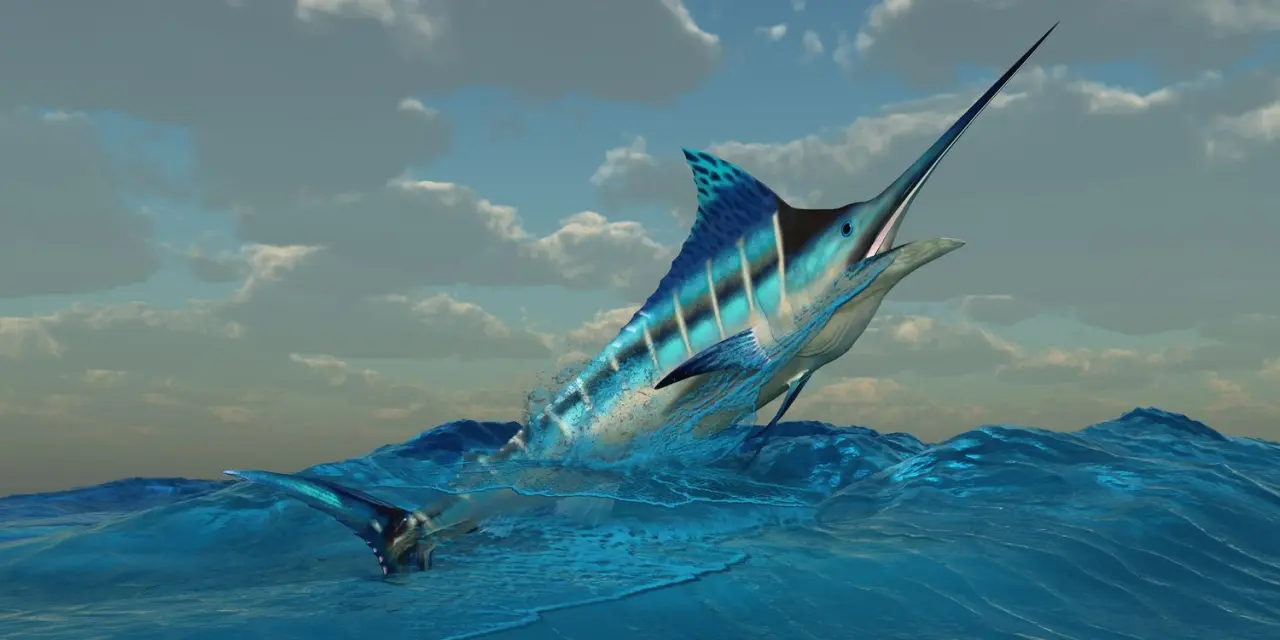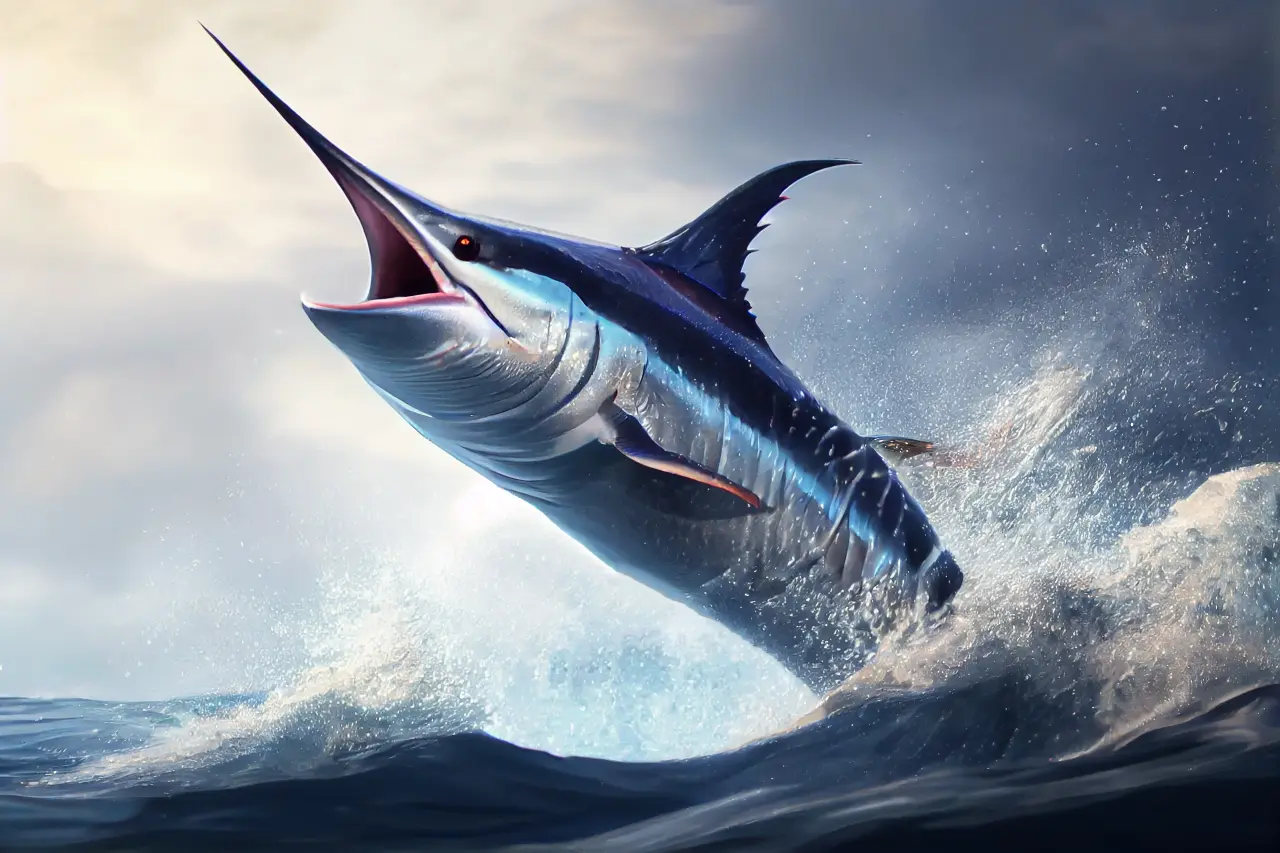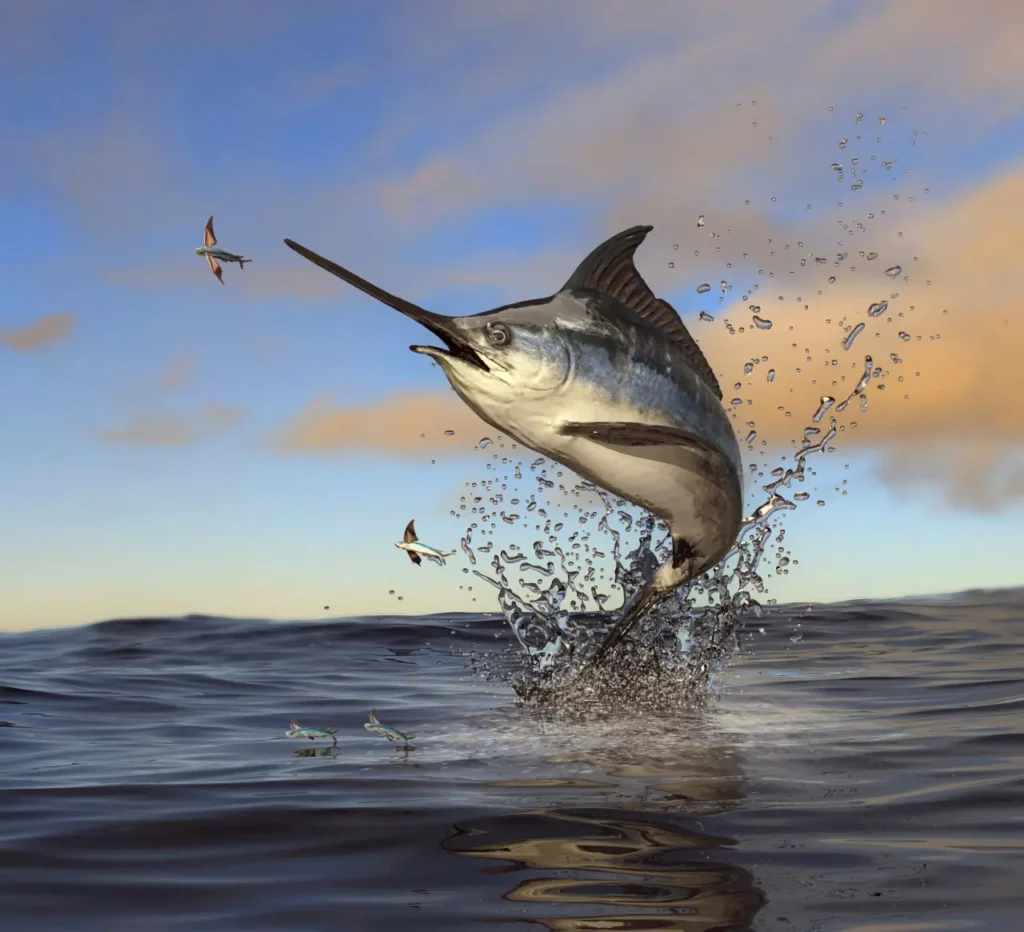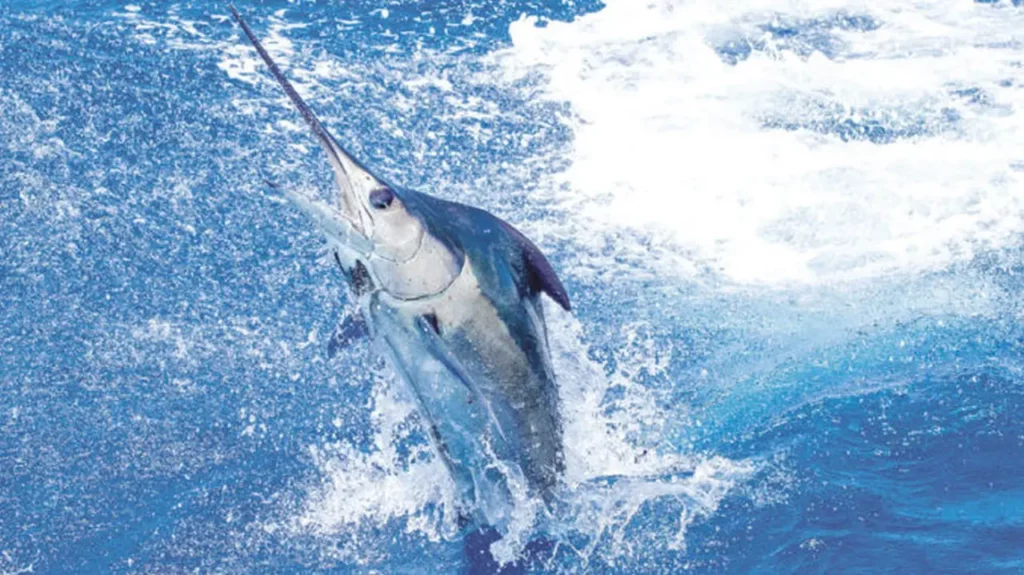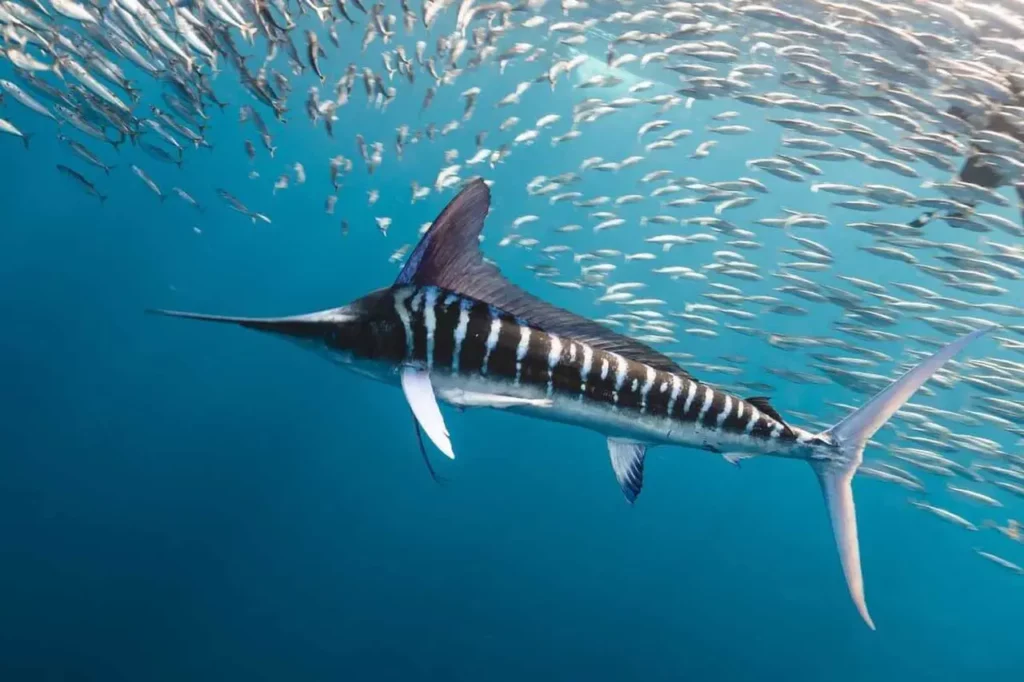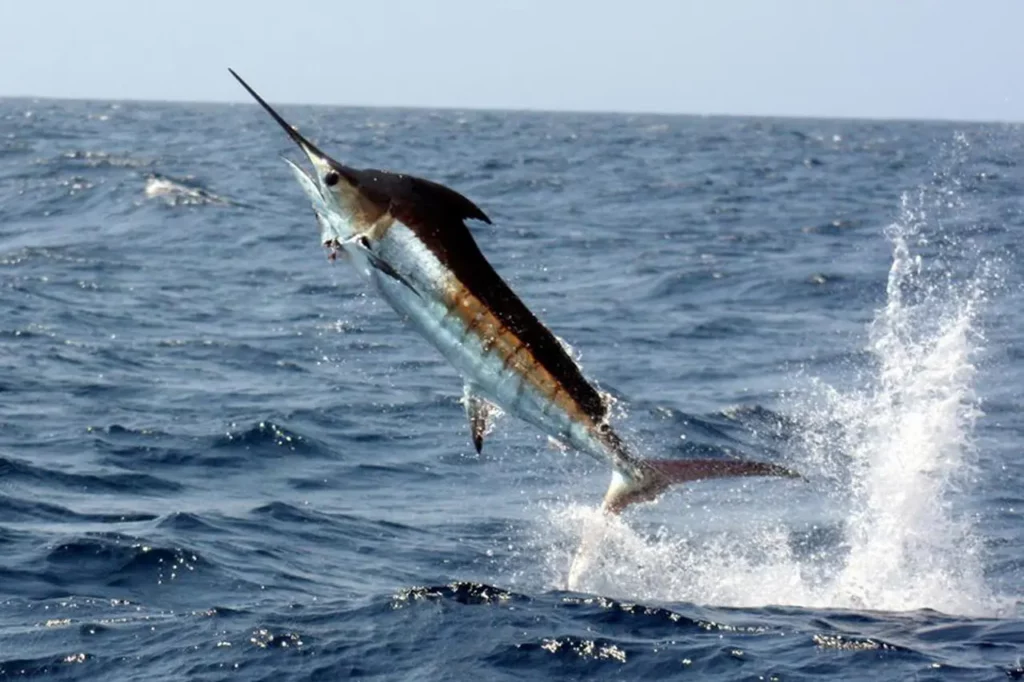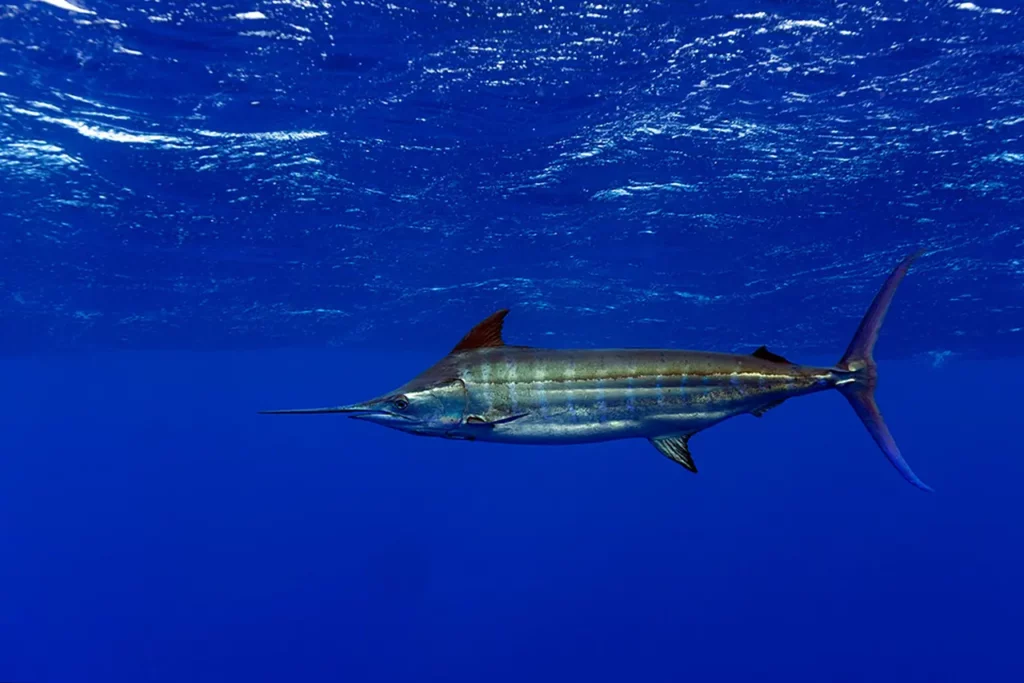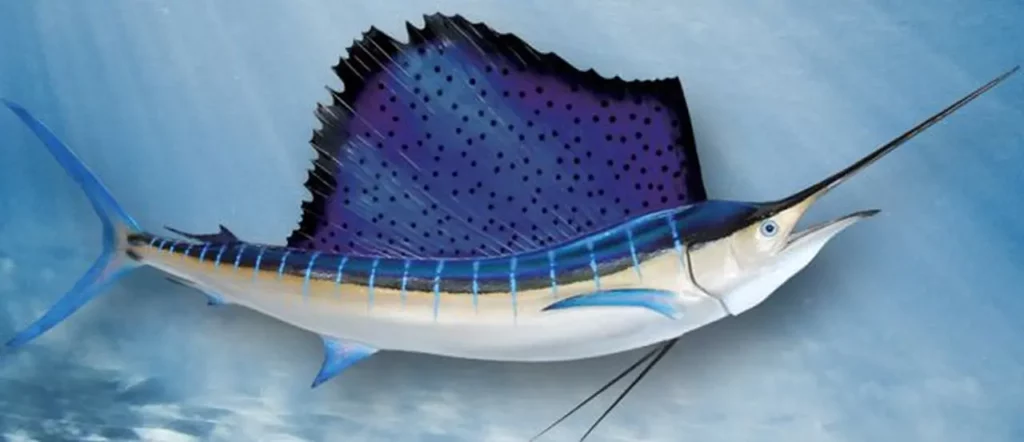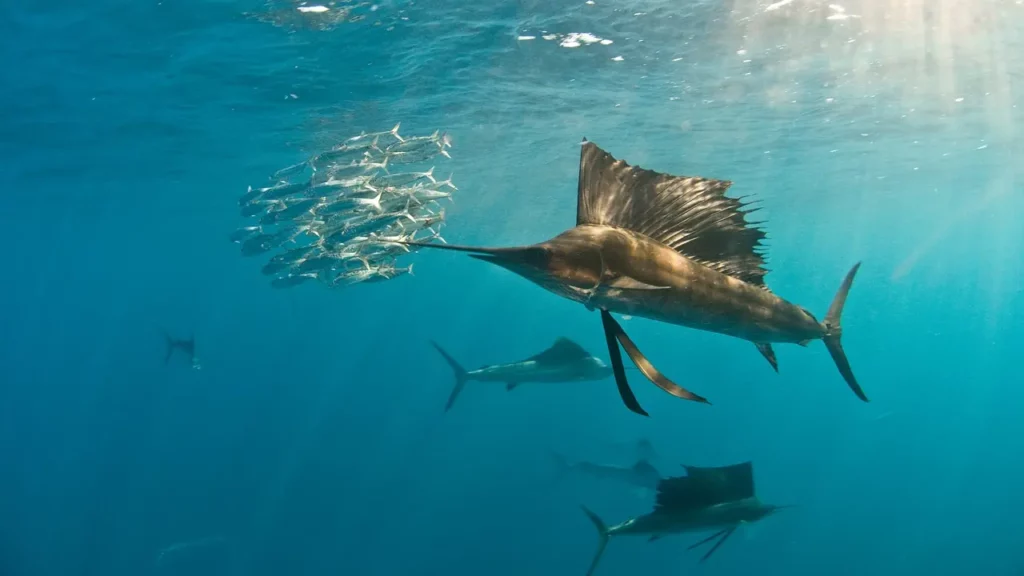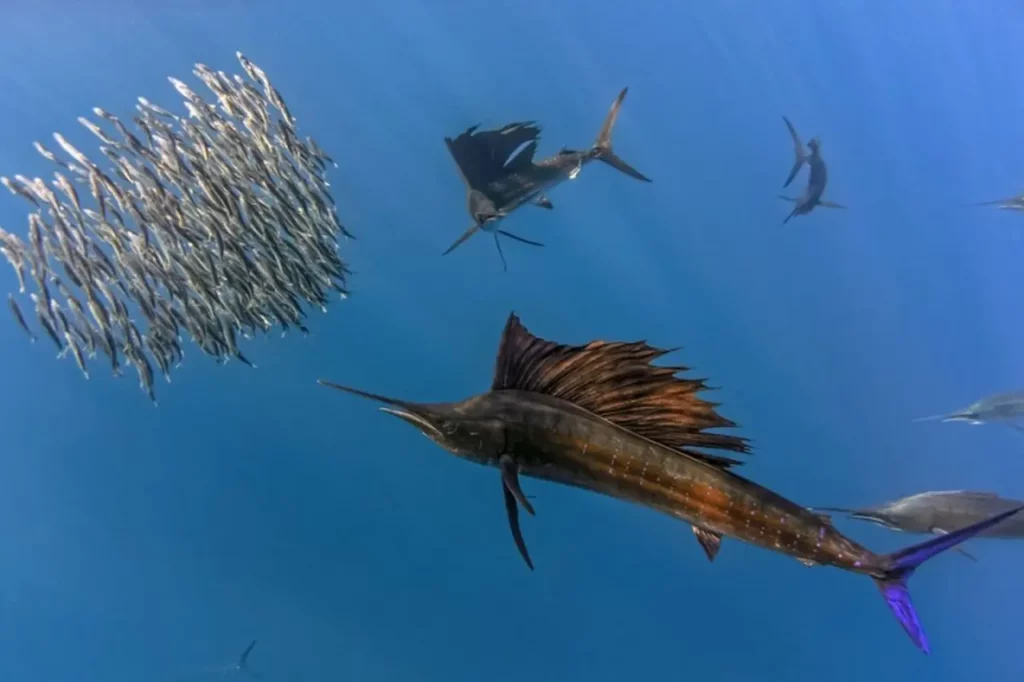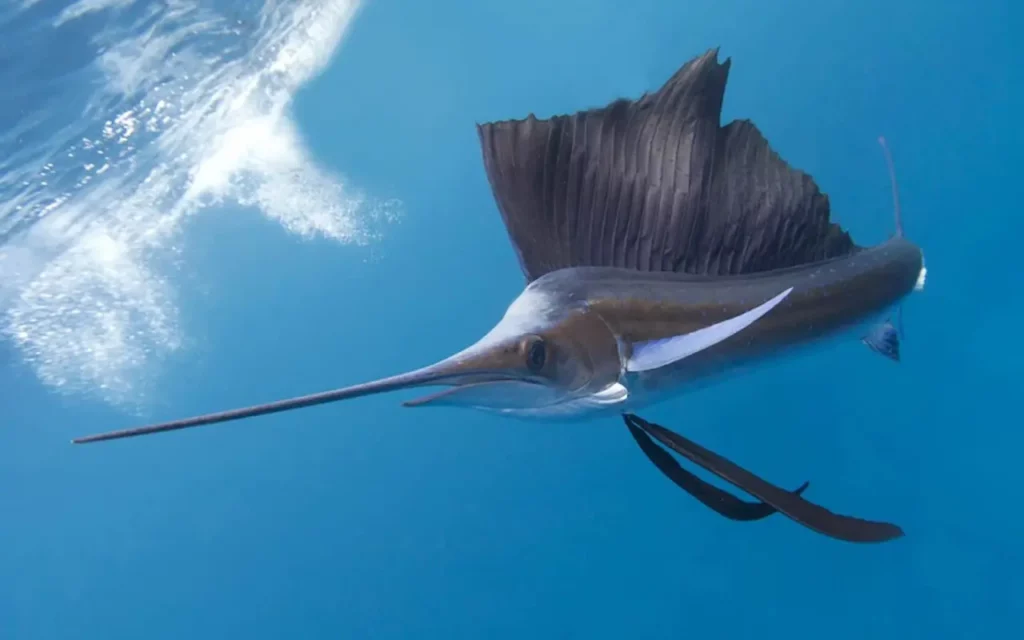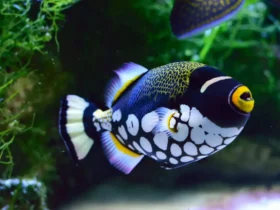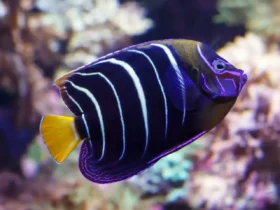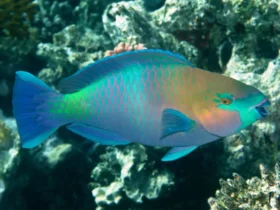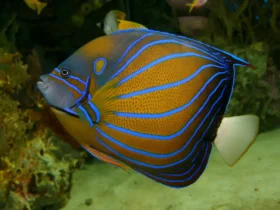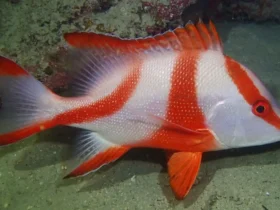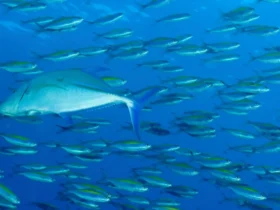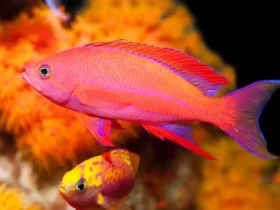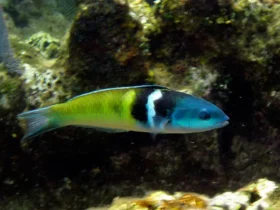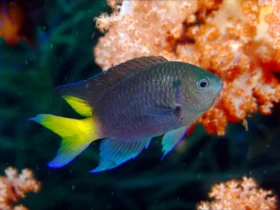The Indian Ocean-Pacific sailfish belongs to the sailfish family and is a carnivorous fish known as the king of speed in the world. This fish is the terror of many marine creatures, including large fish like tuna. Learn more about the Indian Ocean-Pacific sailfish in the following article!
Learn about the Indian Ocean-Pacific sailfish
The Indian Ocean-Pacific sailfish, also known as the Pacific sailfish, Atlantic sailfish, or oceanic sailfish, is named after its origins in the Indian and Pacific oceans. This type of fish is less common in the Atlantic Ocean, where they are mostly present due to their migratory process through the Mediterranean Sea. The Indian Ocean-Pacific sailfish belongs to the sailfish family.
The Indian Ocean-Pacific sailfish is the only large sea fish that is commonly caught at depths of 400-1,000 meters in the sea. They can also be caught by humans in deep seas using bait. With the increasing number of people engaging in recreational fishing, they will mark the sailfish with a tag and release them back into the sea for scientific research purposes.
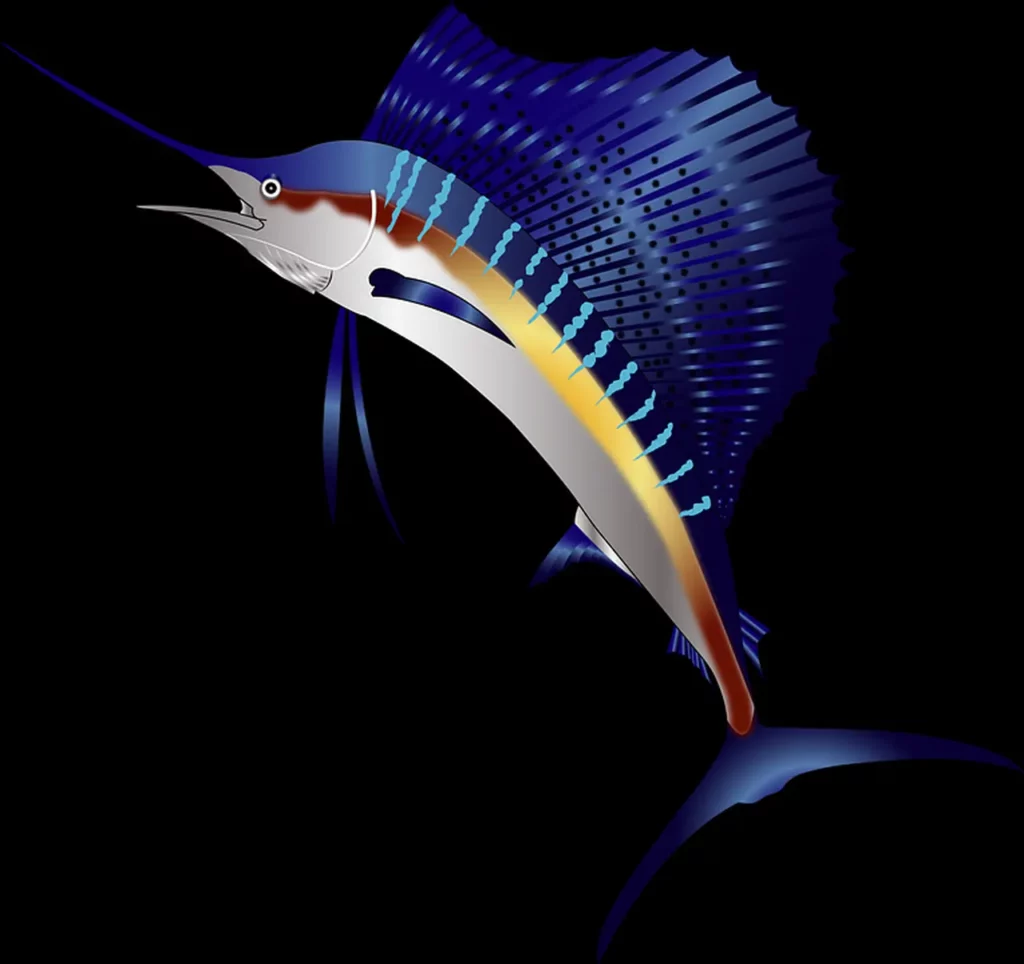
King of speed
The Indian Ocean-Pacific sailfish is also known as the “king of speed.” It is the fastest swimming fish in the world, with a maximum speed of up to 112 km/h.
Distribution
The Indo-Pacific sailfish is mainly distributed in tropical, subtropical, and temperate waters of the Indian Ocean-Pacific Ocean region. Occasionally, they can be found migrating to temperate waters. Additionally, many individuals can wander and migrate into the Atlantic Ocean through the Strait of Gibraltar.
Color
Indian Ocean-Pacific flagfish usually have dark green on their upper side, brownish-green on both sides, and their underside is silver or white.
Habitat
Indian Ocean-Pacific flagfish are present in most oceanic areas, usually living near the coast, around islands, or near coral reefs. Therefore, catching them is relatively easy. They prefer to live in marine environments with sudden temperature changes and without large waves. They prefer sub-tropical climates with an average temperature ranging from 15 to 30 °C.
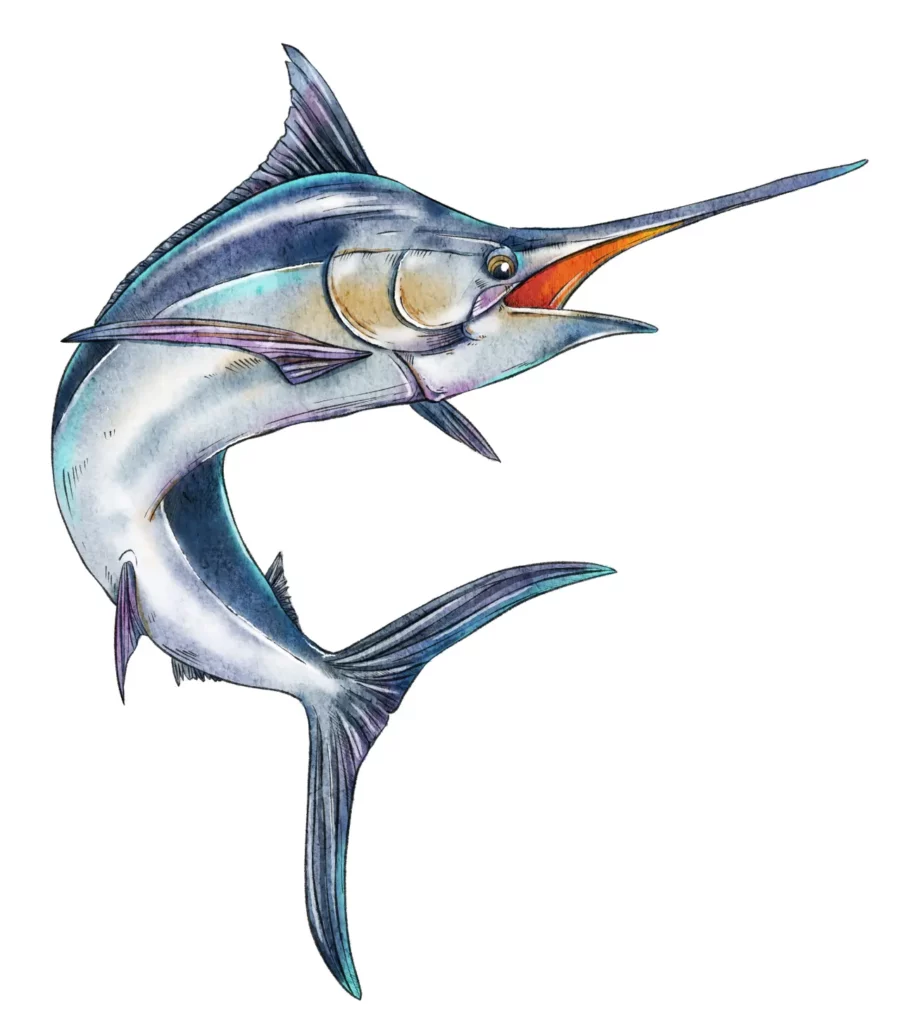
Indian Ocean-Pacific flagfish live solitary lives and often migrate, and their suitable depth ranges from 0 to 915 m. In general, they migrate and change their range of activity depending on the water temperature. They move to areas with suitable wind direction or strength. In the polar regions, this species only appears in warmer months because it prefers warmer water. Moreover, the changes in the habitat of the Indian Ocean-Pacific flagfish can also be explained by the migration of their prey to other areas, forcing them to migrate to continue feeding.
Common food
The food of the Indian Ocean-Pacific Ocean sailfish is very diverse. The most common ones include small fish, squid, and various prey, such as rice fish, catfish, tuna or large fish like oceanic tuna …
This world’s top agile meat-eating animal will eat almost any kind of fish. They often use their sharp noses as a weapon to stab prey. When hunting, the Indian Ocean-Pacific Ocean sailfish will spread all its fins to make it look bigger and to lure prey fish back together. Then they will use their sharp sword-like nose to stun or injure the prey to make it easier to eat.
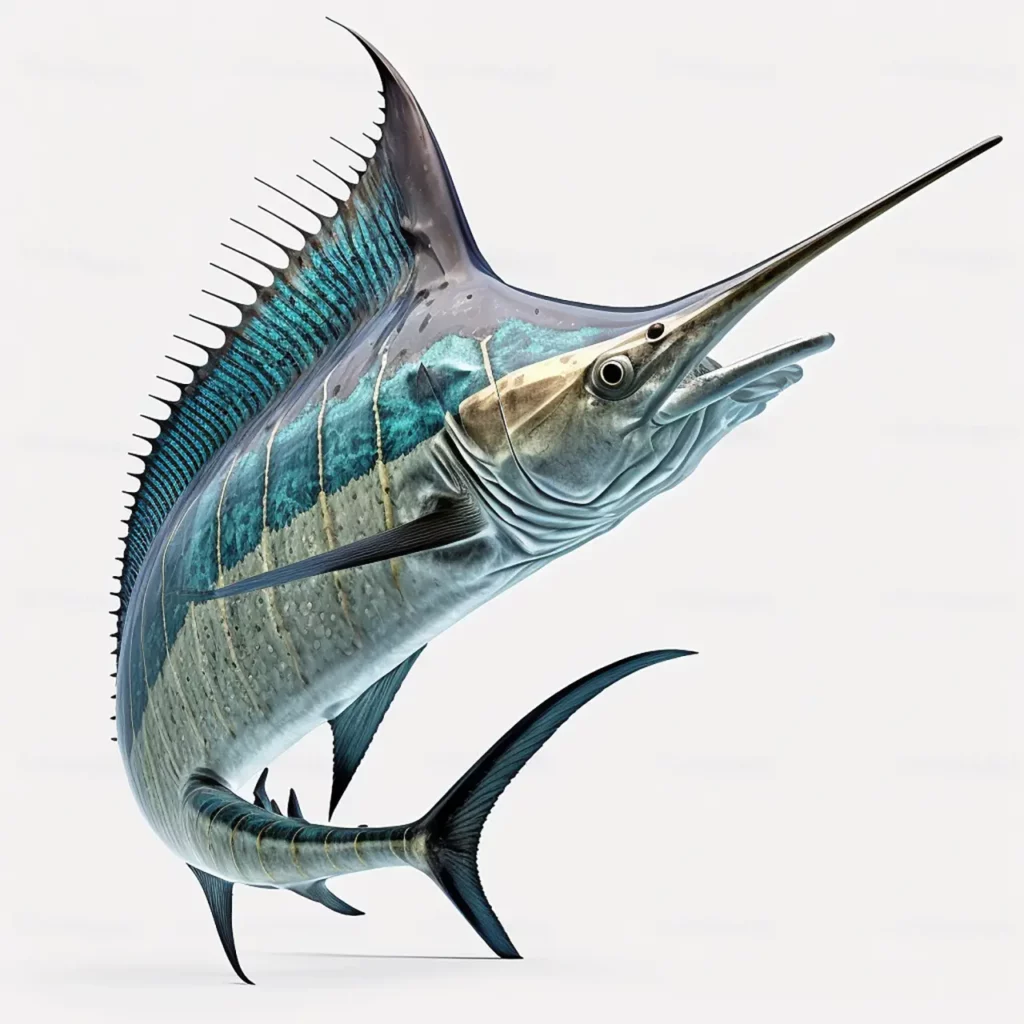
Prominent characteristics of the Indian Ocean-Pacific Ocean sailfish
Below are some prominent body features and structures of the Indian Ocean-Pacific Ocean sailfish:
- The Indian Ocean-Pacific sailfish can reach a maximum height of 465cm and can weigh up to about 750kg.
- The lifespan of the Indian Ocean-Pacific sailfish can reach a maximum of 13 to 15 years if they live in a suitable marine environment. However, the average lifespan of this species as a captured specimen is only about 4 to 5 years.
- Observing the Indian Ocean-Pacific sailfish, we can see that their upper jaw is elongated and looks like a spearhead. Their large, sharp mouth with great striking power is a deadly weapon used for hunting prey.
- The first dorsal fin of this oceanic fish, which looks like a sail, is quite wide and black, composed of many sharp and long slanted shapes. The front of the dorsal fin looks like two edges of a square, and on average, each sailfish has 37 to 49 rays.
- The ventral fin of the Indian Ocean-Pacific sailfish is very narrow and usually located near the anus, with an average of only six or eight rays.
- The Indian Ocean-Pacific sailfish has a special ability to change the color of its entire body to a dark black when it dives deep underwater.
- The cross-section of the protruding snout of this fish is round and shorter than the length of its head.
Therefore, the first dorsal fin of the Indian Ocean-Pacific sailfish is the factor that makes it different from other fish species. Its tail is the basic factor for them to use to achieve the fastest speed as it is combined with a strong and powerful tail axis.
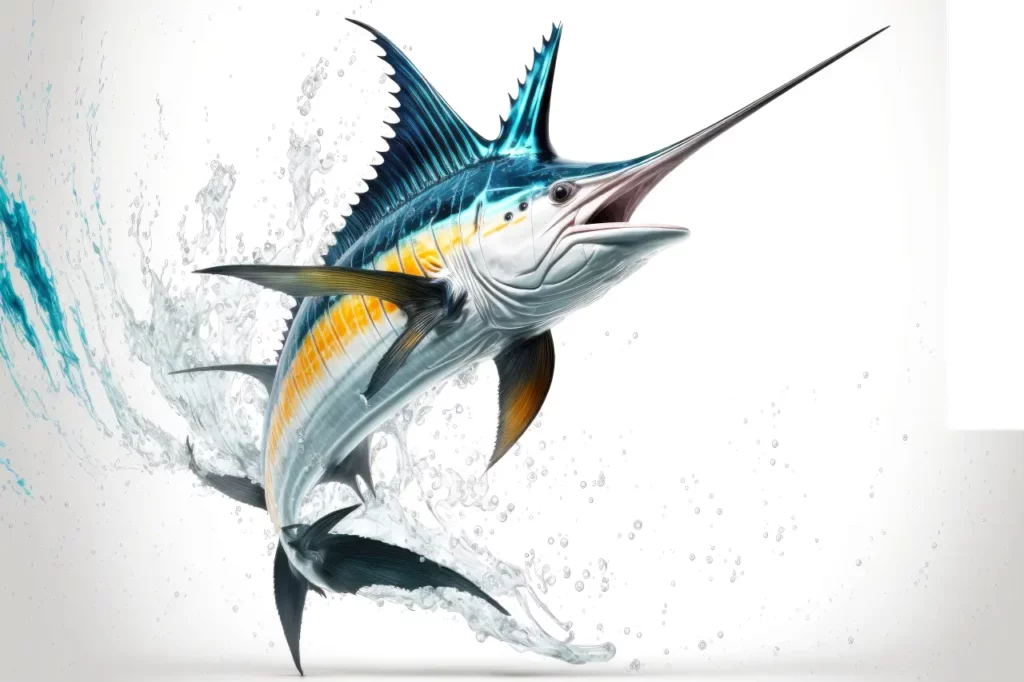
Reproductive characteristics of the Indian Ocean-Pacific sailfish
The Indian Ocean-Pacific sailfish can reproduce multiple times in the same year. The place where this fish species usually chooses to reproduce is in areas with an average temperature of about 26 degrees Celsius, around the coastlines.
Each time they reproduce, females can lay over a million eggs into the marine environment. Immediately after the eggs are released from the female fish, the male fish will fertilize the majority of those eggs.
- The young fish after hatching often float on the surface and become easy prey for predators in the ocean.
- The most common egg-laying months for the Indian Ocean-Pacific Ocean sailfish are between March and October.
In summary, this article has provided detailed information about the Indian Ocean-Pacific Ocean sailfish. Hopefully, it will bring readers useful knowledge when exploring the vast ocean.
Indian Ocean-Pacific Sailfish Images
